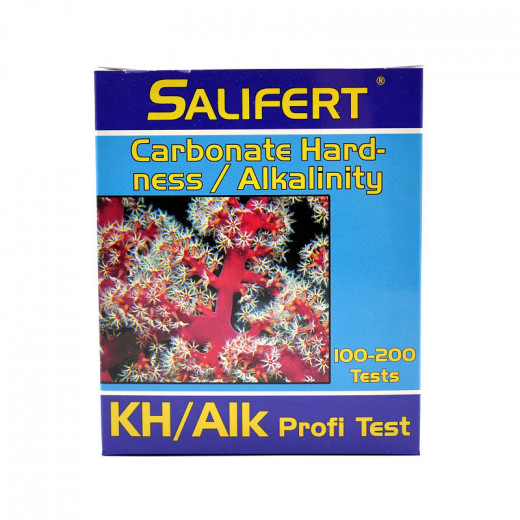Product successfully added to your shopping cart
Quantity:
Total:
We use cookies, also from third parties, to provide and continuously improve our services and to display personalized content and advertisements on our website, social media and partner sites. You have the choice whether only necessary cookies should be used or whether you want to accept additional cookies. By clicking on "I accept", you can either declare your consent for all cookies or adapt them to your wishes under "Customize cookies". You can revoke or change your consent at any time.
Cookie preferences
Functional cookies
Technical
No
Yes
Description and cookies
Functional cookies are strictly necessary to provide the services of the shop, as well as for its proper functioning, so it is not possible to refuse their use. They allow the user to browse through our website and use the different options or services that exist on it.
| Cookie | Provider | Purpose | Expiry |
|---|---|---|---|
| PHP_SESSID | coralaxy.de | The PHPSESSID cookie is native to PHP and allows websites to store serialised status data. On the website it is used to establish a user session and to pass state data through a temporary cookie, which is commonly known as a session cookie. These Cookies will only remain on your computer until you close your browser. | Session |
| PrestaShop-# | coralaxy.de | This is a cookie used by Prestashop to store information and keep the user's session open. It stores information such as currency, language, customer ID, among other data necessary for the proper functioning of the shop. | 2 hours |
| rc::a | It is used to read and filter bot requests. | Persistent | |
| rc::c | It is used to read and filter bot requests. | Persistent | |
| _ga# | |||
| _gtm |
Advertising Cookies
No
Yes
Description and cookies
These are cookies that collect information about the advertisements shown to users of the website. They can be anonymous, if they only collect information about the advertising spaces shown without identifying the user, or personalised, if they collect personal information about the user of the shop by a third party, for the personalisation of these advertising spaces.
| Cookie | Provider | Purpose | Expiry |
|---|---|---|---|
| ads/ga-audiences | These cookies are used by Google AdWords to re-engage visitors that are likely to convert to customers based on the visitor’s online behaviour across websites. | Session | |
| fr | Used by Facebook to deliver a series of advertisement products such as real time bidding from third party advertisers. | 3 months | |
| tr | Used by Facebook to deliver a series of advertisement products such as real time bidding from third party advertisers. | Session | |
| VISITOR_INFO1_LIVE | youtube.com | Tries to estimate the users' bandwidth on pages with integrated YouTube videos. | 179 days |
| YSC | youtube.com | Registers a unique ID to keep statistics of what videos from YouTube the user has seen. | Session |
| yt-remote-cast-installed | youtube.com | Stores the user's video player preferences using embedded YouTube video | Session |
| yt-remote-connected-devices | youtube.com | Stores the user's video player preferences using embedded YouTube video | Persistent |
| yt-remote-device-id | youtube.com | Stores the user's video player preferences using embedded YouTube video | Persistent |
| yt-remote-fast-check-period | youtube.com | Stores the user's video player preferences using embedded YouTube video | Session |
| yt-remote-session-app | youtube.com | Stores the user's video player preferences using embedded YouTube video | Session |
| yt-remote-session-name | youtube.com | Stores the user's video player preferences using embedded YouTube video | Session |
| _fbp | Used by Facebook to deliver a series of advertisement products such as real time bidding from third party advertisers. | 3 months |
Analytics cookies
No
Yes
Description and cookies
Collect information about the user's browsing experience in the shop, usually anonymously, although sometimes they also allow the user to be uniquely and unequivocally identified in order to obtain reports on the user's interests in the products or services offered by the shop.
| Cookie | Provider | Purpose | Expiry |
|---|---|---|---|
| _ga | Registers a unique ID that is used to generate statistical data on how the visitor uses the website. | 2 years | |
| _gat | Used by Google Analytics to throttle request rate | 1 day | |
| _gat_gtag_UA_# | Used to throttle request rate. | 1 minute | |
| _gd# | This is a Google Analytics Session cookie used to generate statistical data on how you use the website which is removed when you quit your browser. | Session | |
| _gid | Registers a unique ID that is used to generate statistical data on how the visitor uses the website. | 1 day | |
| _gtm# |
Performance cookies
No
Yes
Description
These are used to improve the browsing experience and optimize the operation of the shop.
Other cookies
No
Yes
Description
These are cookies without a clear purpose or those that we are still in the process of classifying.













